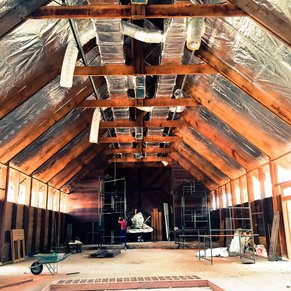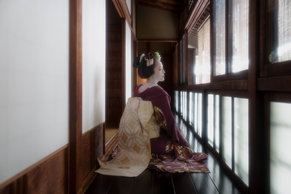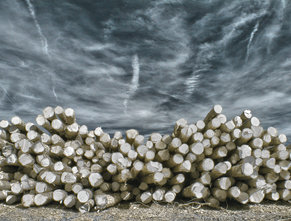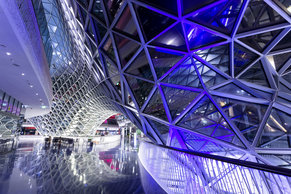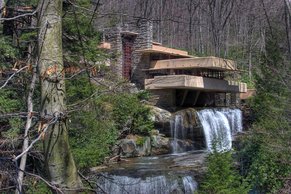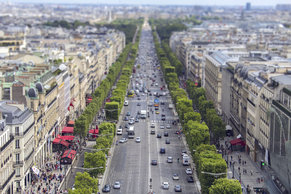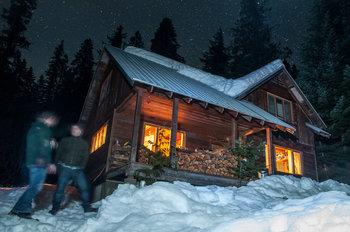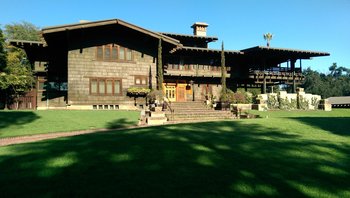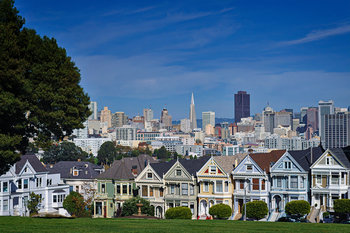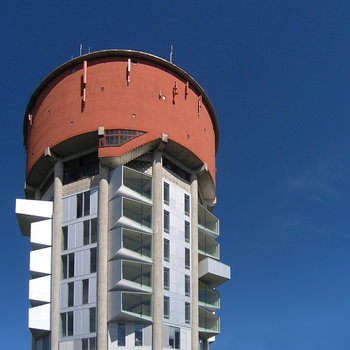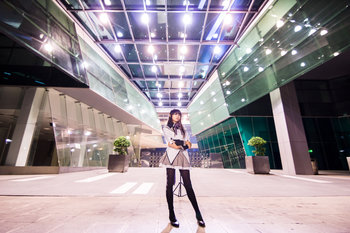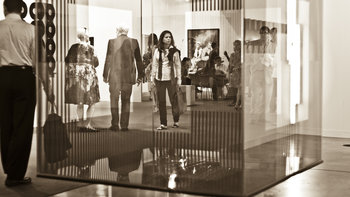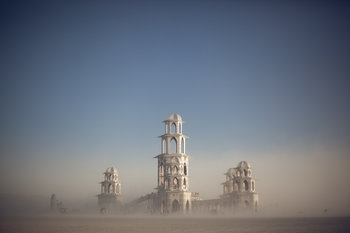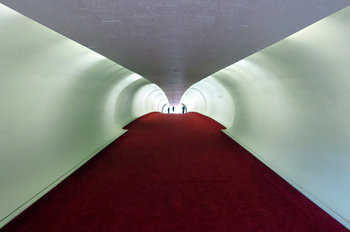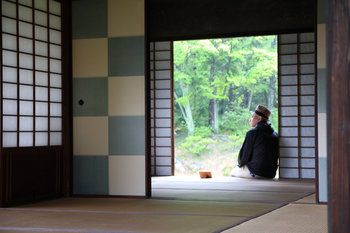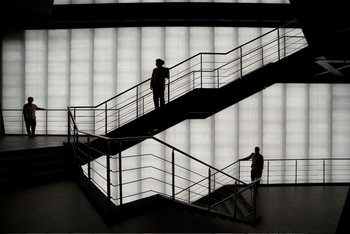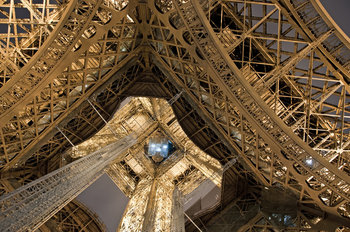
Form Follows Function
Form follows function is the principle that architecture be designed to be fit for use. For example, a cabinet that maximizes the use of a space as opposed to one that is designed according a cultural or aesthetic ideal. This is the defining characteristic of modern architecture that can be used to distinguish it from other traditions.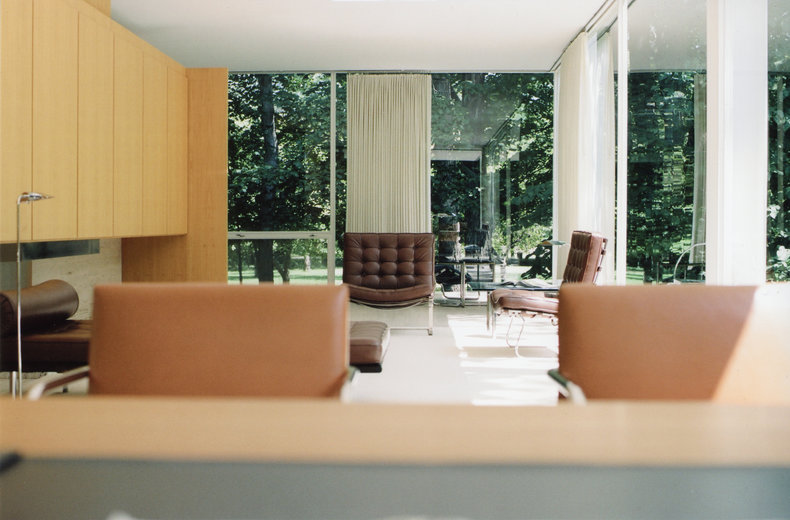
Less is More
Modern homes are minimalistic. This extends from form follows function whereby you don't add anything to the home that isn't directly useful. Modern designers often take this a step further and start minimizing functions themselves.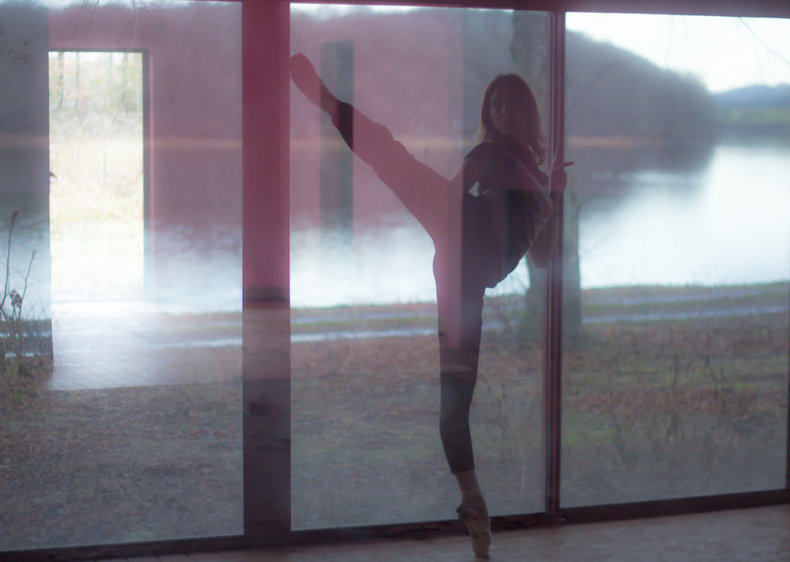
Industrial Materials
It extends from form follows function that you use the most practical materials available to fulfill the functions of a design. Modern design embraces industrial materials such as steel, concrete and architectural glass.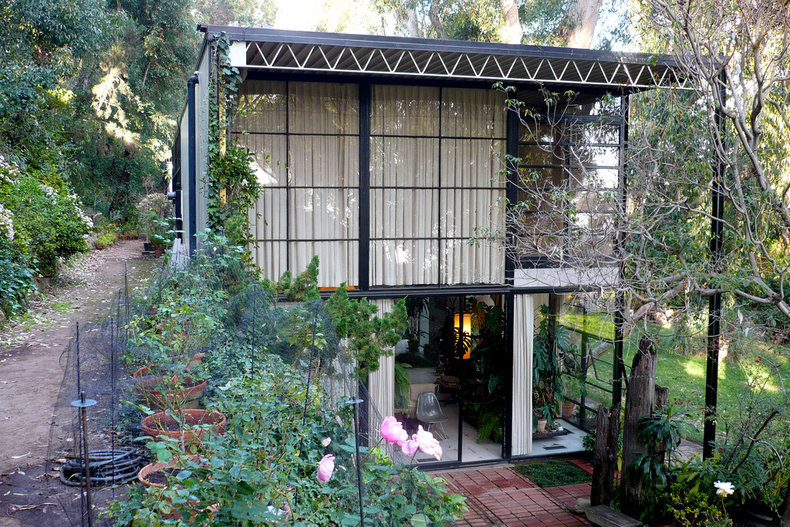
Ornamentation
Modern architects strictly reject all decoration as a matter of principle. This can be traced back to a 1913 essay entitled Ornament and Crime by Austrian architect Adolf Loos. This argues that decoration causes designs to quickly lose their value as styles of decoration change with time. Adolf Loos draws parallels to tattooing and suggests that decoration is inherently criminal. Ironically, Adolf Loos was later charged with a serious crime. Mid-century modern architecture tends to have much flavor that verges on decoration. However, this faded with time as architects began to strictly follow this principle in the second half of the 20th century.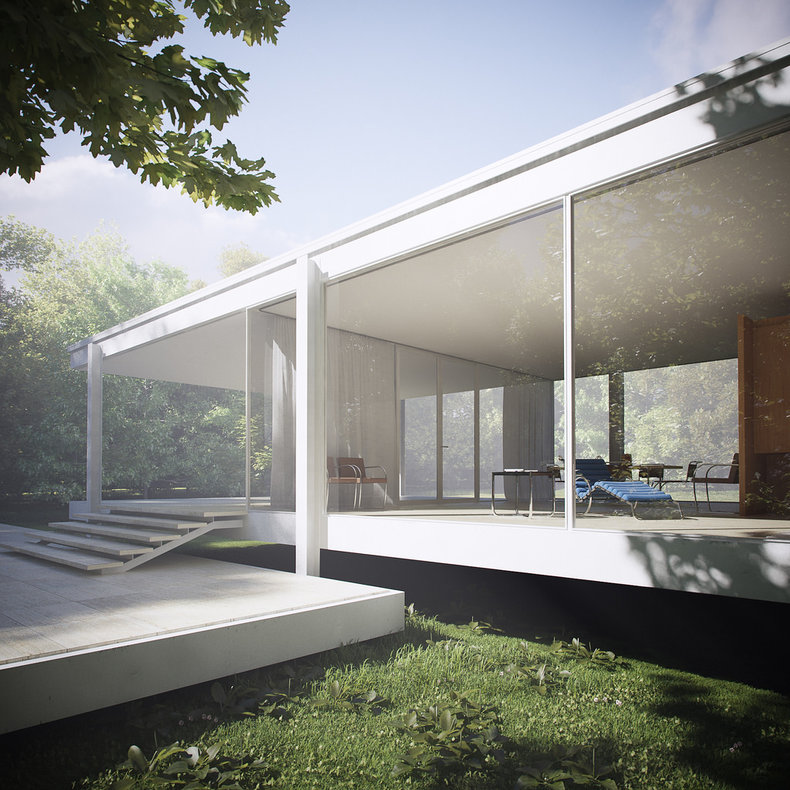
White Rooms
As modern architecture rejects ornament, so it also rejects color unless that color has some purpose. This led most modern interiors to be white because this is the most reflective color with the exception of a mirror-like silver or other highly reflective metal such as gold.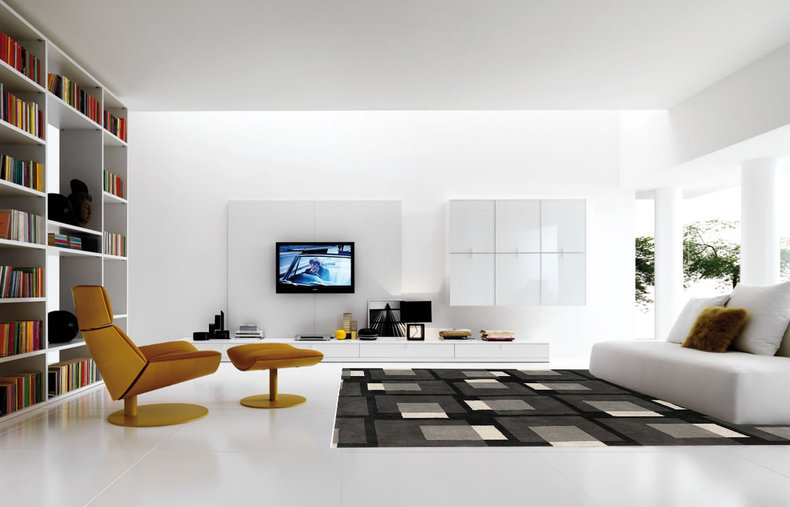
Truth to Materials
Truth to materials is the design principle that there be no attempt to hide the true nature of the materials of a structure. For example, concrete and steel that are left bare. This is embraced by modern architecture such that the term became heavily associated with concrete houses.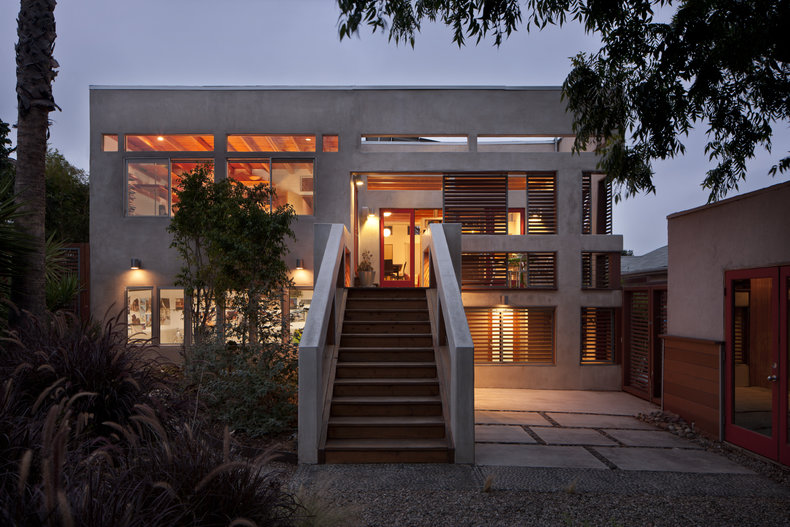
Brutalism
Brutalism is modern architecture that ends up looking like a fortress or prison due to its use of exposed concrete and steel.
Repetition
The minimal and pragmatic approach of modern architecture tends to lead to repetition. For example, the use of the same style of window in every room in a house.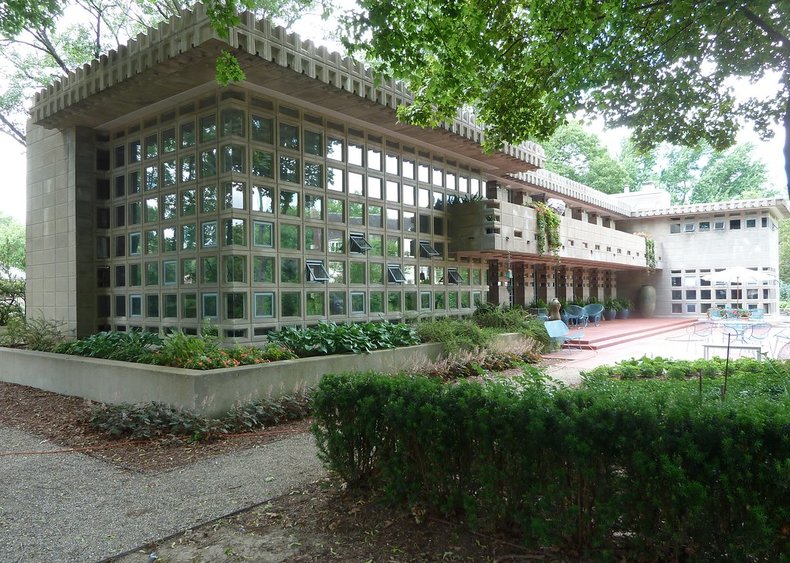
Rectilinear Forms
It is common to mistake the brave forms of postmodern architecture for modern architecture. However, modern architecture is mostly rectangular as it is difficult to justify other shapes under the form follows function principle.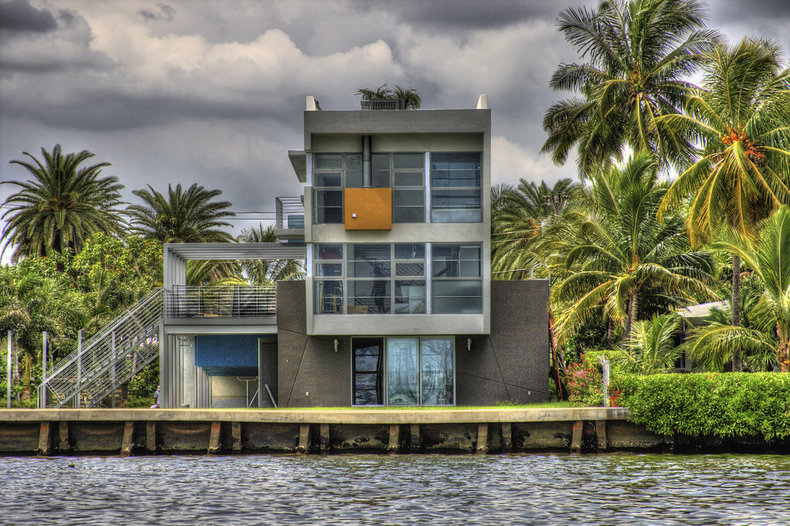
Technological
Where most forms of architecture align themselves with human culture, art and tradition, modern architecture is aligned with the technological and scientific. The extreme end of this, known as high modernism, does highly cold but logical things such that architecture begins to resemble the structure of electronics or other technical products.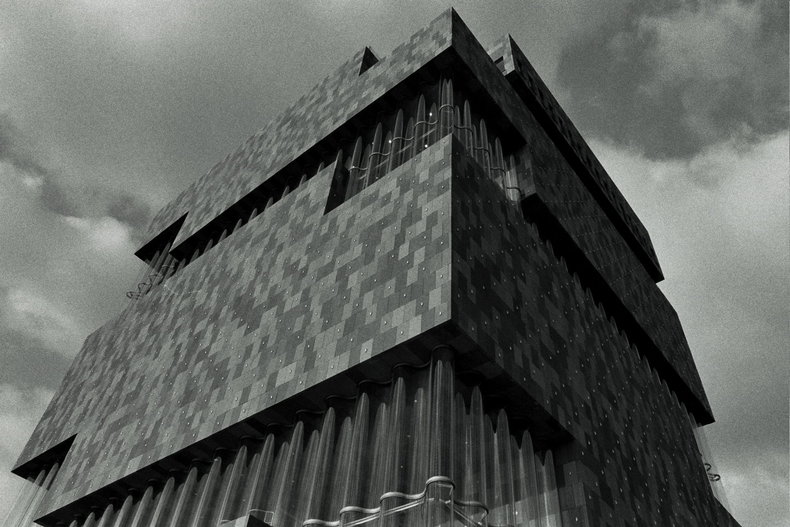
Austerity
The ideas behind modern architecture started to emerge in the 1920s but the movement became dominant in the midst of the Great Depression of the 1930s. The combination of industrial materials and minimalism is highly scalable and served the needs of the late industrial age.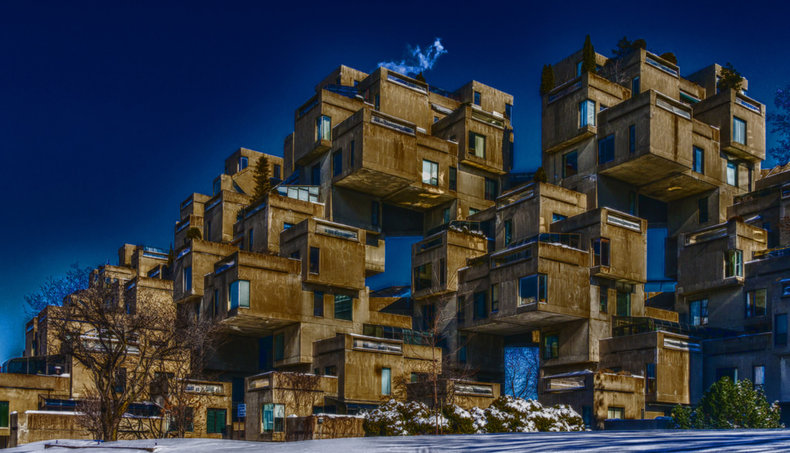
Reuse
The practical ethic of modern architecture lends itself well to reusing existing structures such as old factories and products such as shipping containers.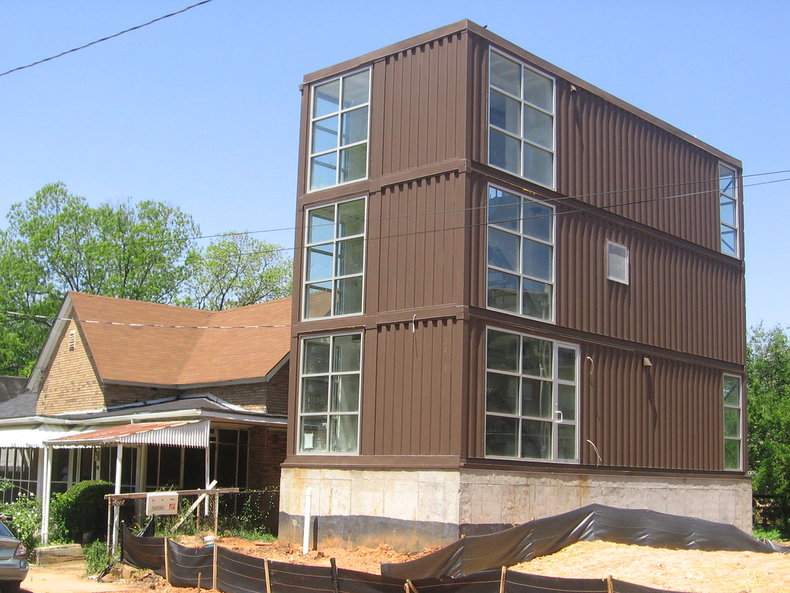
Visually Weightless
Industrial materials allow structural elements to be relatively small such that they are barely noticeable. Another industrial material, high strength architectural glass adds to this effect by allowing for much of a structure to be completely transparent.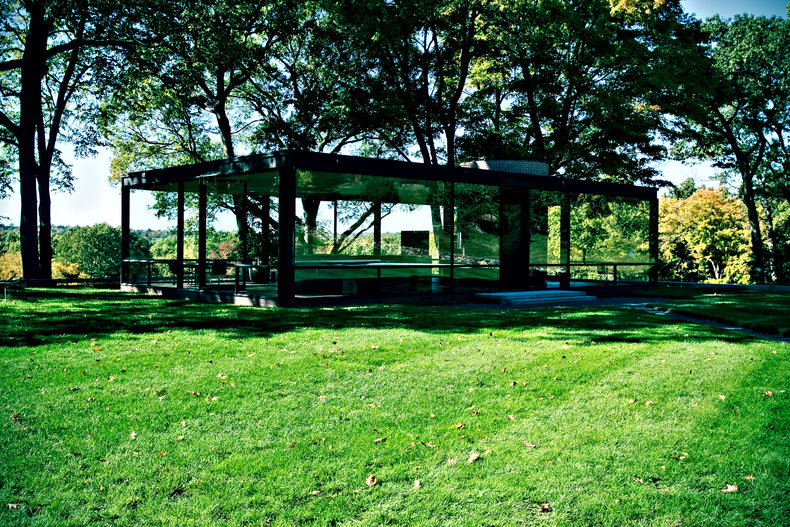
Open Concept
The use of high strength columns of steel allows for the elimination of load bearing walls. Generally speaking, modern homes have large rooms and often feature at least one multipurpose room such as a combined kitchen and living room. Knocking down a wall that isn't load bearing is an easy and common type of renovation for modern homes.
Era
The term modern house is most commonly applied to the period 1932 - 2010. This only applies to houses constructed according to the principles of modern architecture as most houses constructed in this period can be considered traditional, vernacular or even postmodern. The term contemporary is most commonly applied to more recent houses.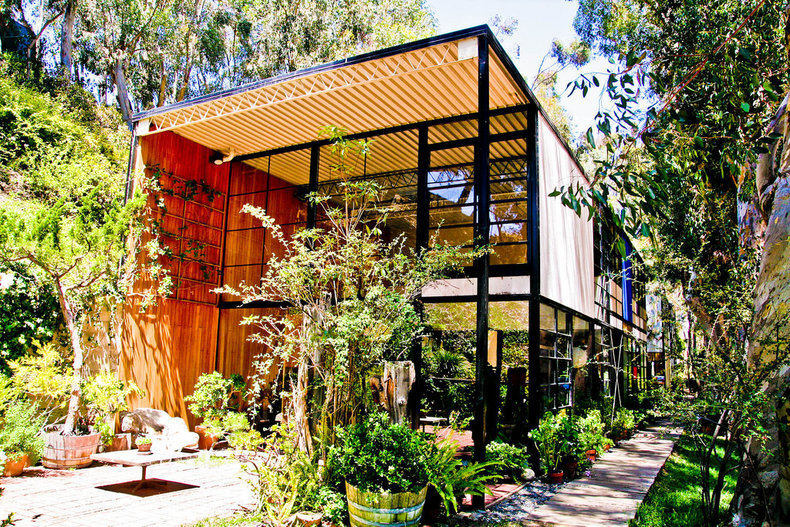
Formality
Modern architecture became increasingly rigid and orthodoxical over the course of the 20th century and has a reputation for formality that potentially stifles creativity. Competing architectural movements such as postmodernism that embrace bold impractical forms, ornament and cultural expression can be seen as a reaction to the strict minimalism of modern architecture.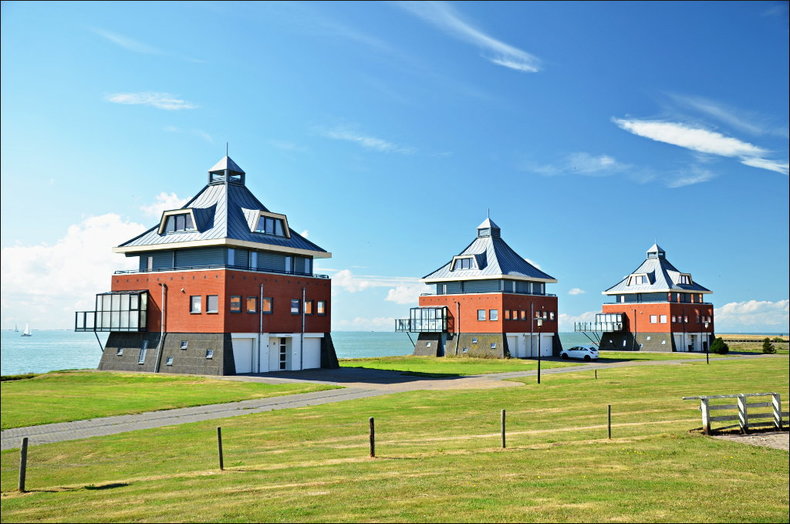
| Overview: Modern Houses | ||
Type | ||
Definition | A house that conforms to the principles of modern architecture including form follows function and truth to materials. | |
Related Concepts | ||


